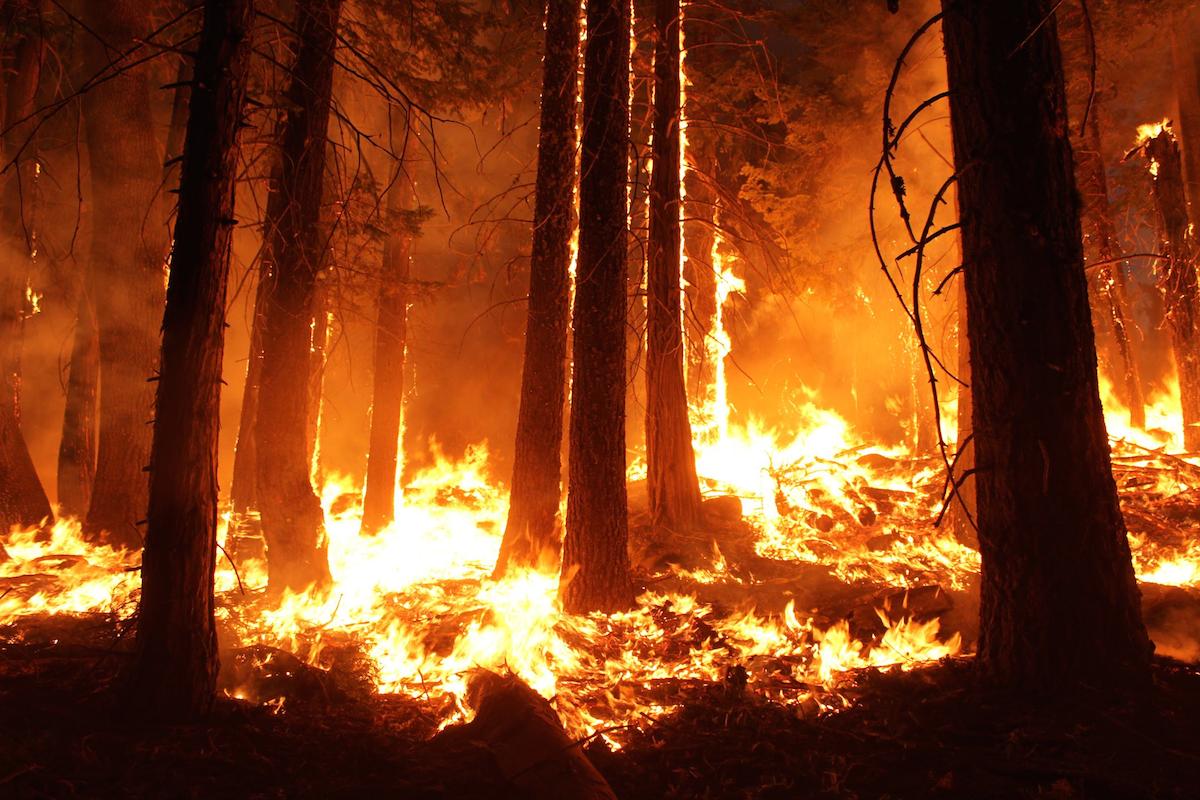WASHINGTON – The cost of fighting forest fires has grown so rapidly over the last 20 years that the spending is pinching other programs that help prevent the fires in the first place.
Secretary of Agriculture Tom Vilsack briefed reporters in a conference following the release of a report that showed the firefighting share of the U.S. Forest Service’s budget ballooned from 16 percent in 1995 to 42 percent in 2014. As the firefighting costs have jumped, the Forest Service has seen many reductions in other programs – at least when funding is adjusted for inflation.
“We’re simply paying the pound of cure and not the ounce of prevention,” said Vilsack.
The most dramatic cuts came from capital construction and maintenance. Within capital improvements, facilities funding has been reduced by two-thirds, road and trail funding have been cut by 46 percent and 14 percent respectively and money for deferred maintenance dropped by 95 percent since 2001.
Another key reduction comes from an account used to maintain the health of forests and prevent the spread of invasive species. The vegetation and watershed management fund has shrunk by 22 percent since 2001 when adjusted for inflation, Vilsack said.
Vegetation and watershed maintenance help prevent the spread of harmful invasive species and keep forests from becoming prone to fires. Additionally, the Forest Service clears out dead trees and brush that serve as fuel for fires.
“It’s extraordinarily important that we do a better job of finding ways in which we can adequately fund the forest budget,” Vilsack said. “Otherwise we’re going to see an ever increasing amount being shifted and an ever increasing amount being borrowed from key parts of our budget.”
Beyond the lack of funding for other programs, Vilsack spoke about the increased length of fire seasons, “anywhere from 60 to 80 days longer” over the warmer months. Where fire seasons typically would end in October, Vilsack spoke of the possibility of blazes as late as December.
“As of yesterday [August 19], we have seen 37,119 forest fires throughout the United States,” Vilsack said of the year so far.
Among numerous fires this summer, a natural blaze in Medocino County, Calif. has burned over 12,000 acres.
One potential solution would be to pay for dealing with the worst fires from funds that cover natural disasters.
In a statement, Vilsack said funding responses to catastrophic fires, similar to the way responses to “other natural disasters” are handled, could help the Forest Service focus its funds on improving the health of forests; making fires less likely and boosting tourism.

